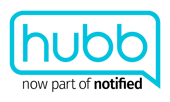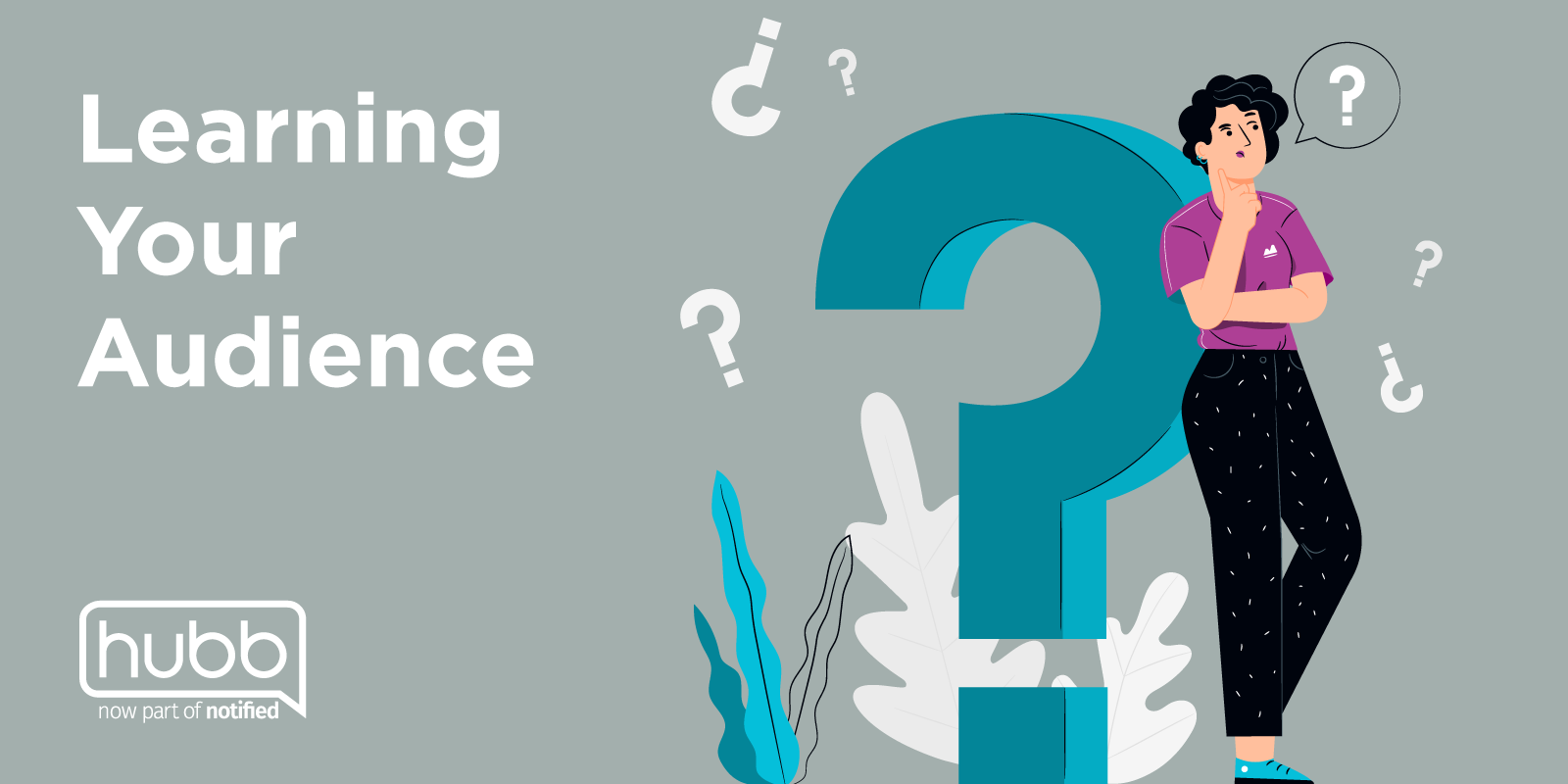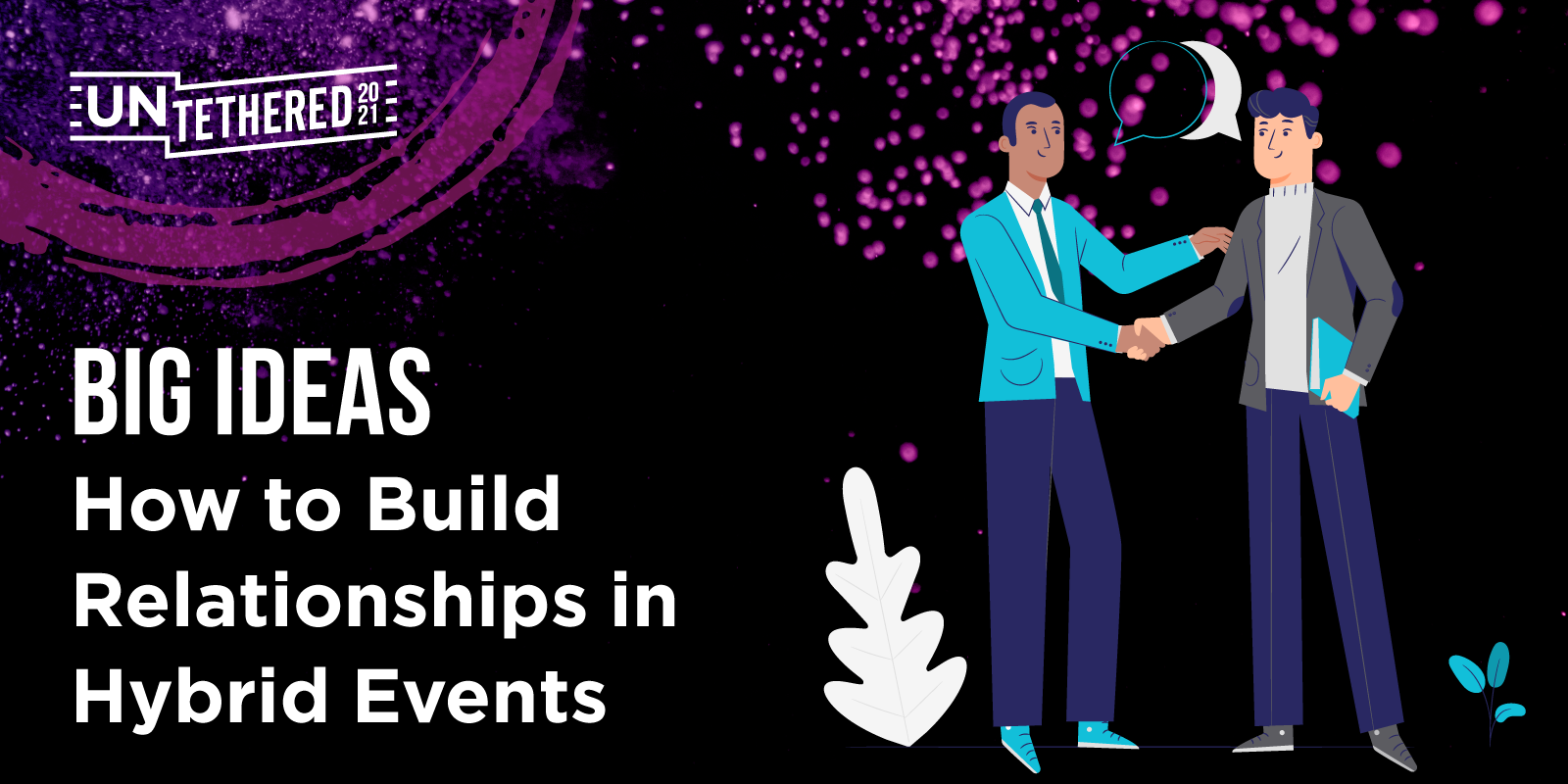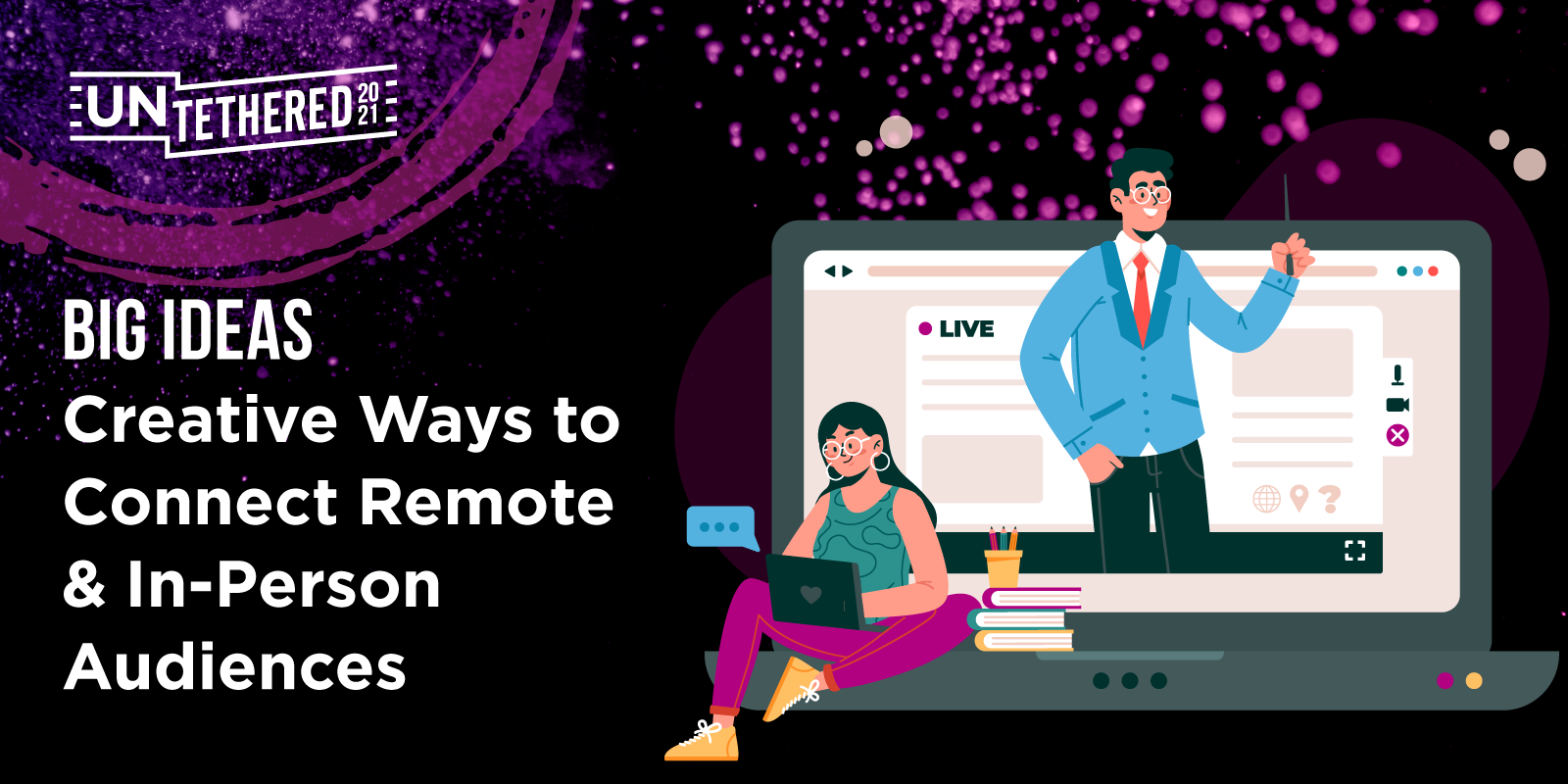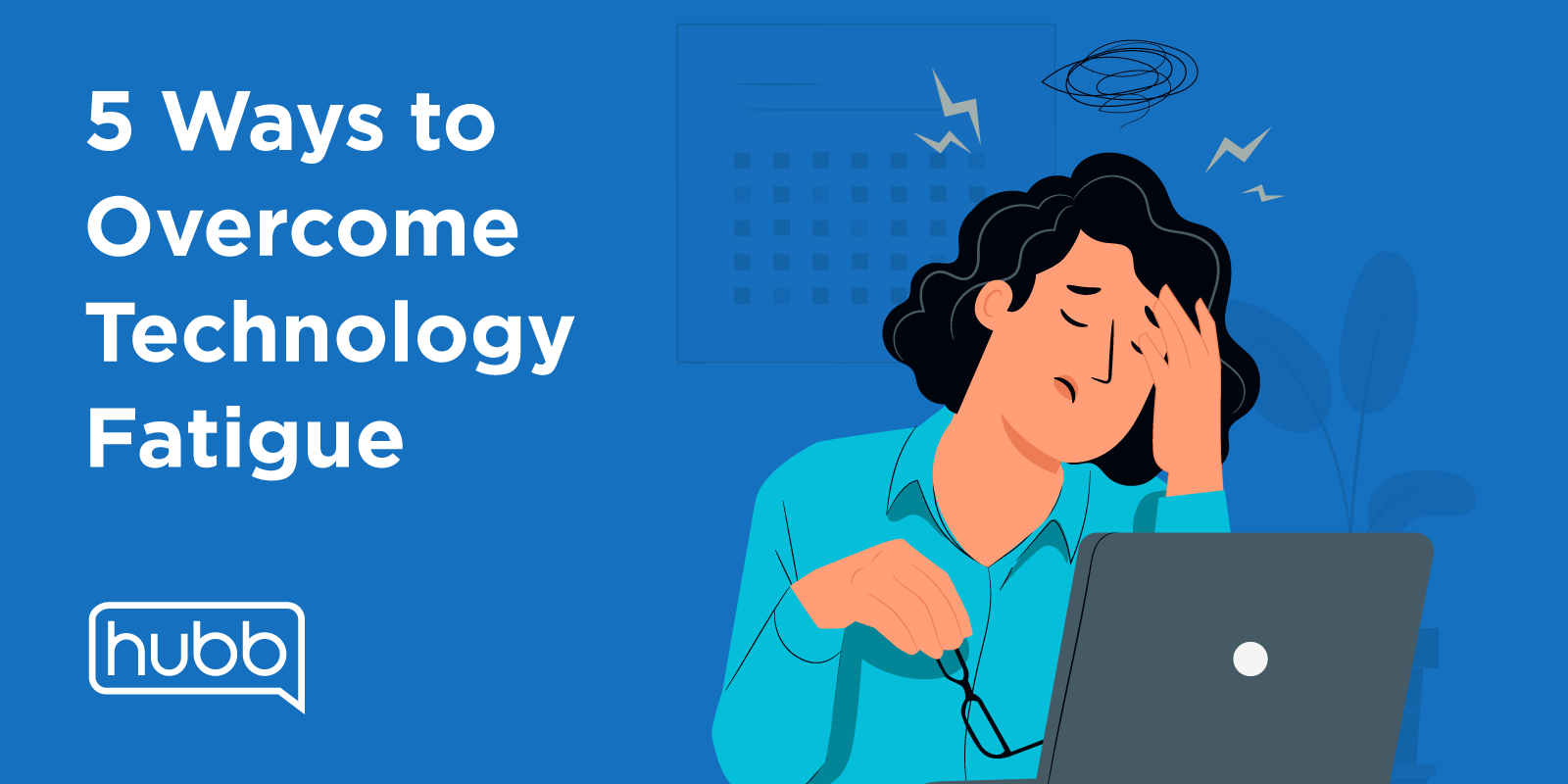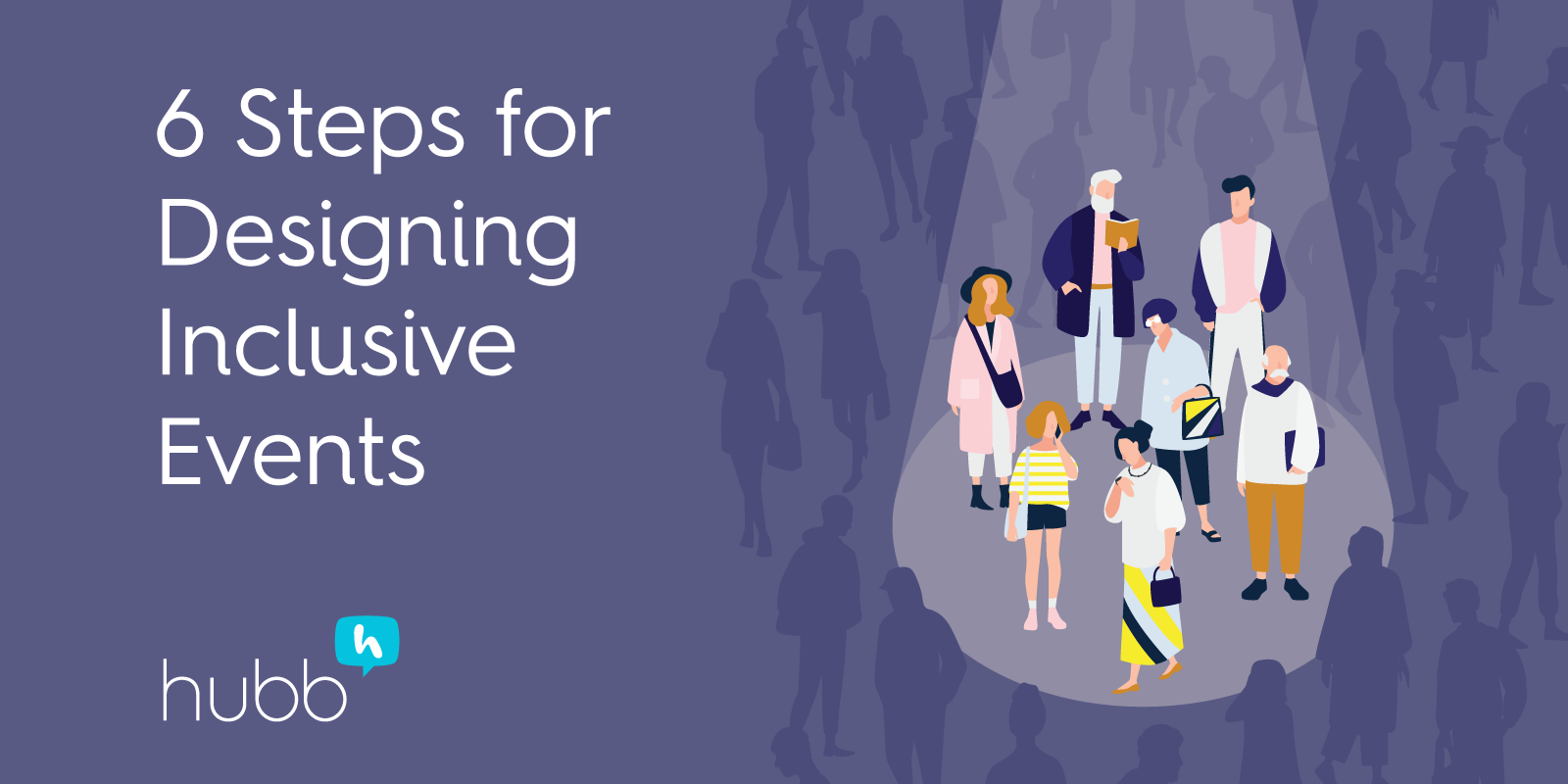
Conference planning is well underway. You’ve narrowed down your top convention centers. You carefully considered each conference session. The speakers are engaging. The activities are educational and hands-on. Now, it’s time to research ways to boost event attendance.
Luckily, you’re not the only one searching for creative ways to increase ticket sales. In the event industry especially, it can be difficult to clearly communicate the value of your event, especially when each potential attendee has different reasons for attending.
On top of that, a person’s ability to attend is often dependent on budget, whether or not their boss approves, and work schedule.
If that weren’t enough, the world of events is constantly changing with new trends, and in today’s technology-focused society, marketing and advertising that worked 15 years ago unfortunately won’t gain you any exposure today.
The good news is, we’ve taken the time to do the research for you because we know ticket sales are a top source of stress for most event planners.
Here’s what we’ve found.
Understand why your audience wants to attend an event
When potential attendees are deciding whether or not to register for an event, they usually look at conference programming first.
What kind of networking opportunities are there? Who will be speaking? What topics will be presented on? What other kinds of educational growth opportunities are offered? Understanding the reasons your audience attends events like yours is a huge piece of the puzzle when knowing how to boost event attendance.
Here are some top decision factors.
Networking: The International Association of Exhibitions and Events (IAEE) recently conducted a 9,000-person study that showed that more than 75% of people said networking was a top driver when deciding whether or not it was worthwhile to attend an event.
That’s a pretty powerful statistic. And it should make you strongly consider whether or not you’re providing good enough networking opportunities.
Because although cocktail mixers and quick coffee breaks are better than nothing, they don’t guarantee the right people will meet. After all, every person has unique interests and agendas.
The good news is, technology exists that gives your attendees the option to pre-select the types of people they’re interested in meeting, thus, making sure like-minded people are paired together. This can be utilized in a variety of event formats including speed networking, targeted connections, and targeted round tables.
By offering both structured (think: speed networking or facilitated round table events) and unstructured (think: the previously mentioned mix and mingle events) networking sessions, you can ensure your attendees have ample opportunities to connect with their peers. Structured networking to connect the right people. And unstructured networking to help them meet other conference-goers in a more casual environment.
Education: IAEE’s decision-factor study also revealed education as a top driver when deciding whether or not to attend an event. People want to learn – to increase their knowledge and come back with new skills and experiences.
But because each industry is different—and even each organization within an industry—it’s extremely important to offer educational activities that are in-line with new findings or trends. As a general rule of thumb, attendees usually respond better when the activities and programming are engaging, interactive, and hands on.
Destination: The third determining factor in IAEE’s study is destination. For a lot of people, attending a conference is about much more than what they do inside the walls of a convention center. They want to explore a new city, try the local cuisine, sight-see and explore.
When there are so many cities to choose from, it can be tough to know how to narrow it down. This list provides the top U.S. cities to host a conference or event in 2019.
It covers everything from convention center information and airports to hotel rates and area attractions.
So, now that you understand why people attend conferences and events, let’s learn about the ways to effectively market them.
Market, market, market! Promote your event early and promote your event often
This is probably obvious, but one of the best ways to boost event attendance is to increase event awareness. Market your event early and market your event often.
Email marketing: Email marketing is an affordable and efficient way to reach potential event-goers. Start email campaigns as early as possible, so that you give people enough time to plan. Continue to follow-up with reminders here and there so that you stay on their radar but don’t overwhelm or annoy them.
Online advertising: Let’s face it. In today’s technology-focused world, we spend a ton of time online. This means there are endless opportunities to advertise your event! According to GoodBlogs, early 90% of all web traffic originates from search, but Facebook tops Google in weekly web traffic. So search and social are both big. Clearly define your target audience and start advertising on Facebook. Run some Twitter ads. Get those Google ads up.
SEO: It’s all about blogs! Content marketing is king in 2018! Do some keyword research and see what people are searching for and get to writing about it. Optimizing your blog posts to outperform other web content can greatly increase your organic search traffic. Since SEO is fairly new—and since Google is constantly updating the way they rank search results—we recommend reading this fantastic post by content-marketing king Andy Crestodina.
Retargeting: You know how after you visit a website their products or services are suddenly all over every social network you’re on? Yeah, it’s not because your computer is spying on you, it’s because of retargeting ads! If you’ve got some cash to spend, consider putting it into retargeting ads. They are extremely effective and help you continue to reach people who have already visited your site. These types of ads target people who have previously shown interest in your webpage, and research confirms that consumers have to see an advertisement seven times before it registers in their minds. Seven times? It sounds like a lot. But with retargeted ads, it’s easier than you might think. Here’s a beginners guide to retargeting.
Word-of-mouth: Word-of-mouth will always, always, always be a contributing factor to the number of people who attend your event. In a world where we are constantly bombarded with advertisements and promotional pieces, people will always trust word-of-mouth recommendations. Encourage previous attendees, keynote speakers, and past and present members to help get the word out. In doing so, they can position themselves as thought leaders and people who take the betterment of their career seriously. It’s a win-win!
Focus on the benefits of attending and how you can clearly communicate them
All the advertising you could possibly think of won’t be any help if you can’t clearly communicate the value in attending your conference.
Convince the attendee and their boss: Many times, the biggest challenge potential event-goers have to overcome is convincing their boss that it’s worthwhile to attend. A strategy to overcome this hurdle is to think from a supervisor’s perspective: What kind of knowledge will my employee walk away with? What kinds of things will they learn here that they couldn’t learn anywhere else? What kind of impact will the speaker have on them? How will they be a better employee because they attended?
Make sure your agenda is informative and exciting: Potential event attendees should be able to quickly look at you’re agenda and get a feel for the types of programming and educational opportunities offered. Include information about all of the speakers, sessions, and optional activities. This is the time to get people excited. Share stories from last year’s event. Include past participants’ testimonials. Focus on the value each session will bring. This is your one and only chance to make a good first impression, so use it wisely!
Hopefully this post will help you learn how to boost event attendance. Keep in mind, each event and corresponding audience is unique. But at the end of the day, knowing—and listening—to the types of things your attendees are interested in is the first step in including the right sessions, speakers, and activities. After that, it’s all about marketing and clearly communicating the value in attending.
If you have any additional ideas about how to boost event attendance, comment them below! We’re always excited to hear about the creative ways event planners have found to boost ticket sales and get their attendees excited.
By Shannon Kelly
Shannon is a marketing specialist at SpeedNetworking.com, an event technology company that takes the traditional value of face-to-face networking and combines it with advanced matching software to create highly targeted networking events for corporations, associations, colleges, and universities. She is increasingly excited about the ways technology and communication are intersecting in the 21st century and is passionate about all things relating to community, creativity, and making the world a more connected place.
Want to learn more pre-event strategies? Download our guide, 8 Smart Strategies for Improving your Call for Content Process!
